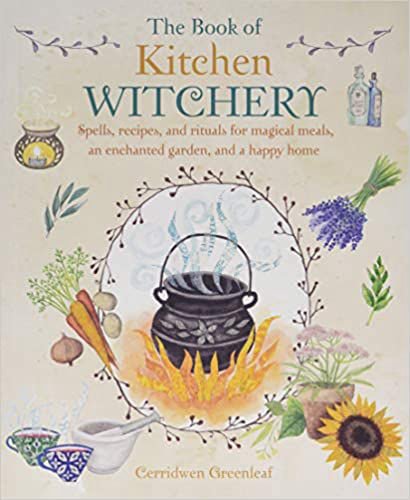
Gingerbread Man
Gingerbread is the modern version of ancient cakes made of grain and honey, which were offered as sacrifices to the goddesses and gods at Yule. These cakes were also buried with the dead to ensure the passage of their souls into the other world. When ginger was introduced into Europe from Asia, it was soon incorporated into the ritual Yule cake. This was the origin of gingerbread. Though ginger was once more expensive than diamonds, this spice is now easily within reach of us all.
You may wish to create a gingerbread house at Yule. If so, make it in the image of your own home. If this isn’t possible, visualize your home while mixing, baking, forming, and decorating the house. See your household filled with warmth, love, and happiness—all gifts of ginger and the sun. Eat the house on Yule, sharing it with others who Live under your roof, and invite its loving energies into yourself.

